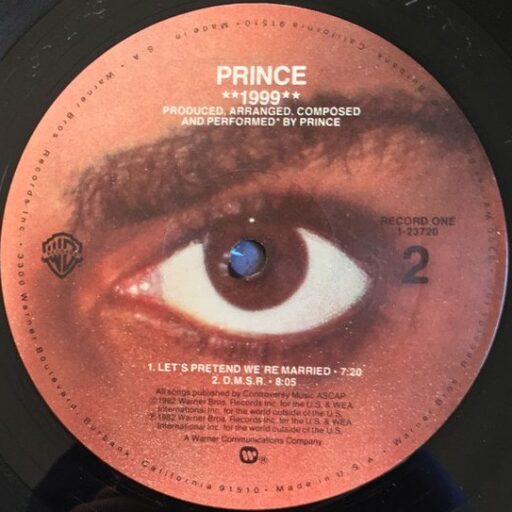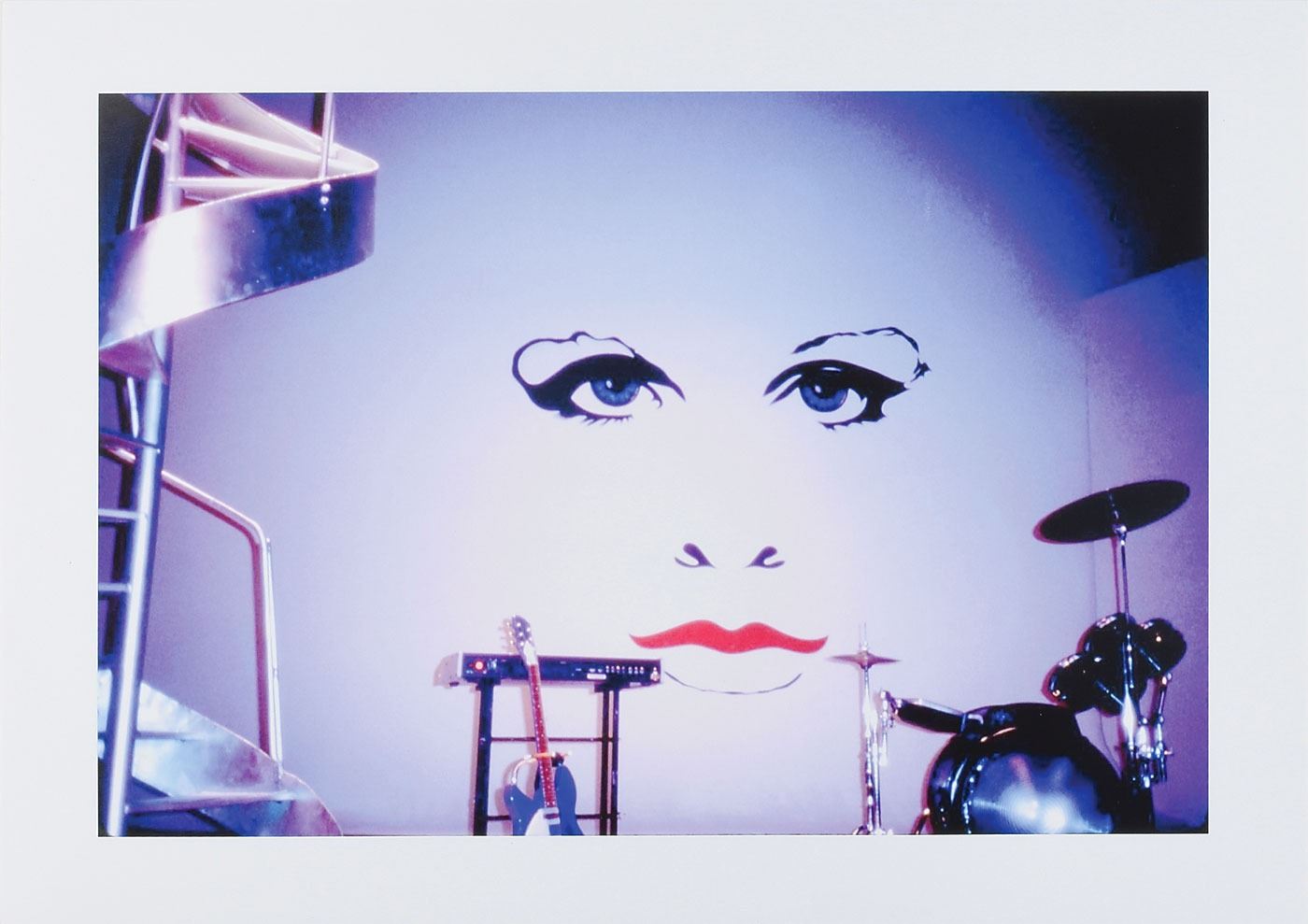Tag: per nilsen
-
1999
What set Prince apart from his early-’80s peers was his insistence on greeting Judgment Day, not with solemn gravity or mordant gallows humor, but with a seemingly irony-free display of millenarian ecstasy.
-
D.M.S.R.
“D.M.S.R.” was Prince’s calling card–a four-word (four-letter!) summation of everything he and his music were about.
-
Podcast: 24 Feelings All in a Row – A Conversation with Duane Tudahl, Author of Prince and the Purple Rain Era Studio Sessions: 1983 and 1984
Last week, Duane Tudahl’s long-awaited book Prince and the Purple Rain Era Studio Sessions: 1983 and 1984 was finally published, and I was lucky enough to speak to him about it. If you haven’t read the book yet, you need to listen to this podcast: Duane is a knowledgeable and passionate Prince fan-turned-scholar, and his enthusiasm for…

